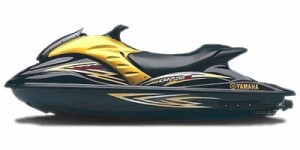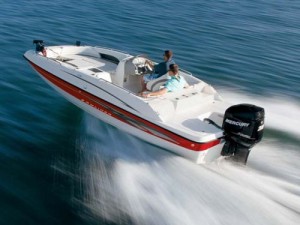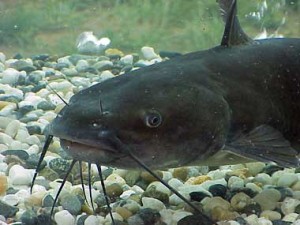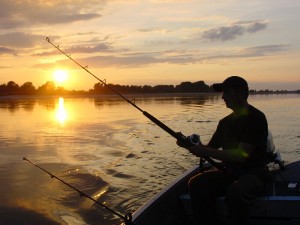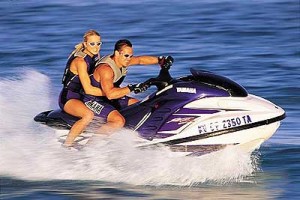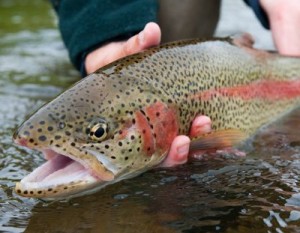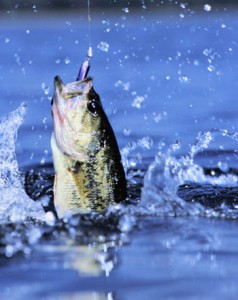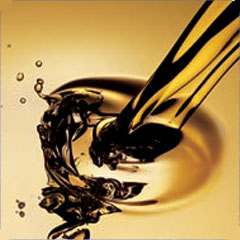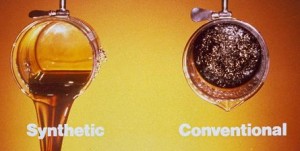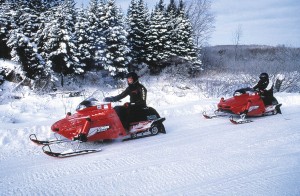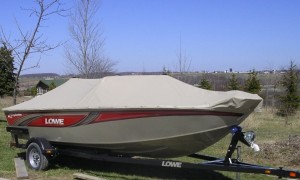Repairing a 2-Stroke Float Valve
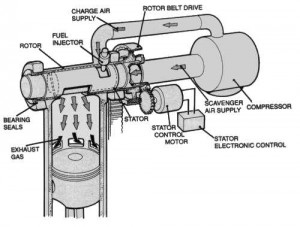 The float valve is an essential component of any outboard engine because it controls the level of fuel present in a carburetor’s float bowl. If the levels are incorrect, the engine may flood out or starve for fuel. Repairing and adjusting a is fairly simple.
The float valve is an essential component of any outboard engine because it controls the level of fuel present in a carburetor’s float bowl. If the levels are incorrect, the engine may flood out or starve for fuel. Repairing and adjusting a is fairly simple.
Start by turning the carburetor float bowl upside down, so the float hangs free. Using a six-inch machinist’s ruler, check to see if the float is correctly set. If not, bend the small metal tab between the hinge and body of the float, so that is lies at the correct level. Don’t forget to check the levels of Yamaha oil when you’re done tinkering with the float bowl!


